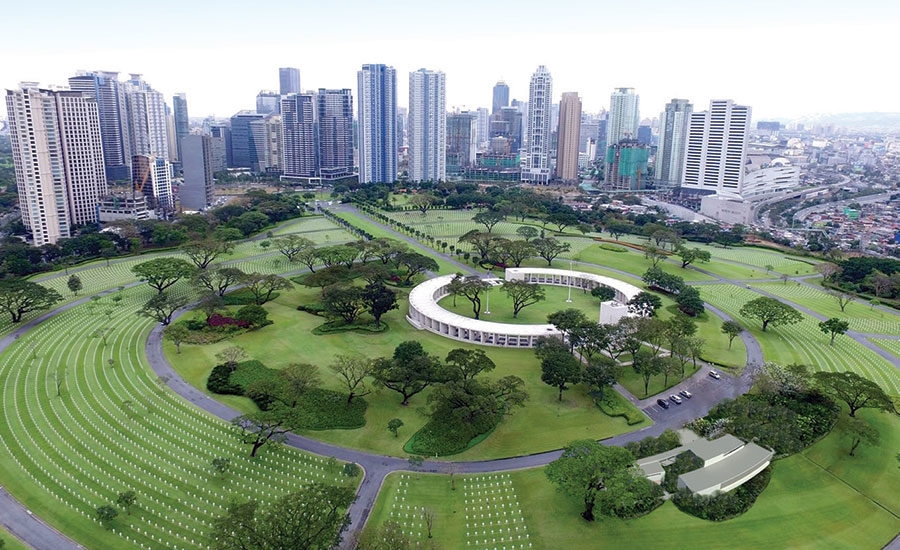Exploring Manila’s Oldest Cemeteries
Manila, the bustling capital of the Philippines, is a city rich in history and culture. Among its many historical sites, the city’s oldest cemeteries offer a unique glimpse into the past. These cemeteries are not just resting places for the departed but are also cultural landmarks that tell stories of the city’s colonial history, architectural evolution, and the lives of its people. Visiting these cemeteries can be a fascinating experience for history buffs, architecture enthusiasts, and those interested in cultural heritage.
Choosing the Right Cemetery to Visit
Manila is home to several historic cemeteries, each with its own unique charm and significance. The most notable ones include the Manila North Cemetery, La Loma Cemetery, and the Chinese Cemetery. The Manila North Cemetery is one of the largest and oldest, established in 1904, and is known for its elaborate mausoleums and the graves of notable figures in Philippine history. La Loma Cemetery, dating back to 1884, is the oldest cemetery in Manila and features Spanish-era architecture. The Chinese Cemetery, established in the mid-19th century, offers a glimpse into the Chinese-Filipino community’s history and traditions. When planning your visit, consider what aspects of history or architecture interest you the most, as each cemetery offers a different experience.
Planning Your Visit
Before heading out, it’s important to plan your visit to ensure a smooth and enjoyable experience. Start by checking the opening hours of the cemetery you wish to visit, as they can vary. Most cemeteries are open during daylight hours, but it’s always best to confirm. Wear comfortable clothing and shoes, as you’ll likely be doing a lot of walking. Bring water, sunscreen, and a hat to protect yourself from the sun, especially if you’re visiting during the hotter months. It’s also a good idea to bring a map or download one on your phone, as some cemeteries can be quite large and easy to get lost in. If you’re interested in learning more about the history and significance of the sites, consider hiring a local guide who can provide valuable insights and stories.
Respecting the Space
When visiting cemeteries, it’s crucial to remember that these are sacred spaces and should be treated with respect. Keep noise to a minimum and be mindful of any ongoing services or visitors who may be there to pay their respects. Avoid touching or leaning on the tombstones and mausoleums, as many are old and fragile. Photography is generally allowed, but it’s always best to ask for permission if you’re unsure, especially if you’re photographing people or specific graves. Remember to leave no trace of your visit by disposing of any trash properly and not disturbing the natural environment. By showing respect and consideration, you help preserve these historical sites for future generations.
